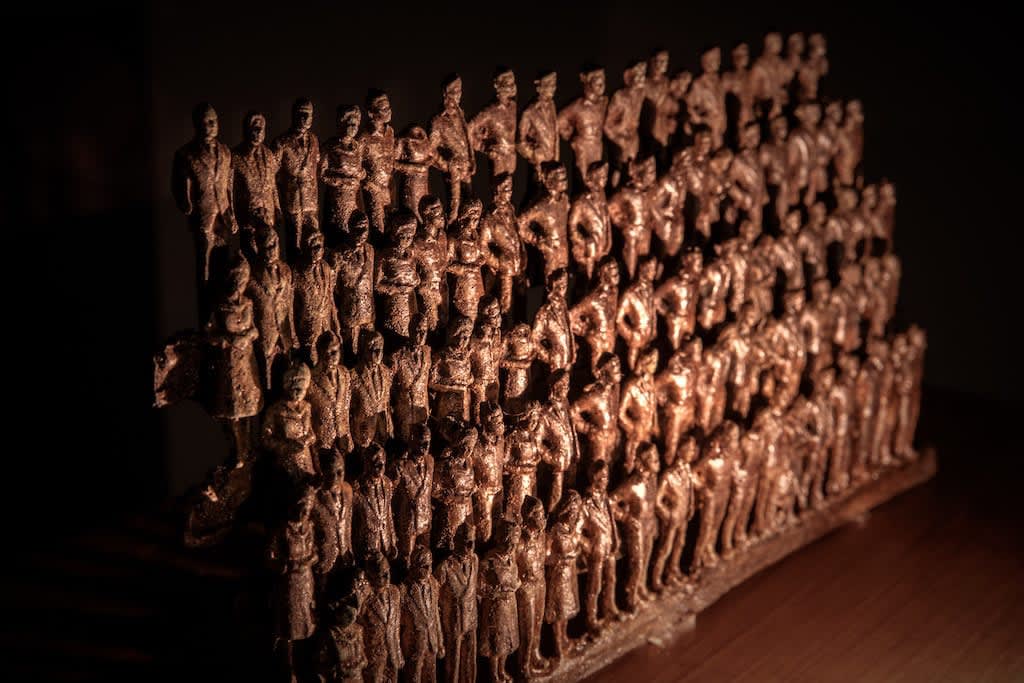Amol K Patil merges sculpture, sound, and light to explore themes of social inequality and the invisibility of the working class. His immersive installations offer a poetic commentary on urbanization, history, and resistance.
Amol K Patil, a Mumbai-based conceptual artist, uses art as a powerful tool to explore themes of social justice and the invisible stories of marginalized communities. His works, deeply influenced by his family’s artistic traditions, combine sculpture, sound, and light to create immersive environments that challenge societal norms and offer resistance to the erasure of history. From the architectural spaces of Mumbai’s chawls to the ancient art form of powada, Patil’s multidisciplinary practice seeks to amplify voices often left unheard. In this interview, Patil discusses his creative process and his latest solo exhibition, Whispers of the Dust, at the De Pont Museum of Contemporary Art, Netherlands, where he offers viewers a multi-sensory journey through time, memory, and resistance.

Whispers of the Dust, De Pont Museum, Photo: Eddo Hartmann
Serenade Team: Your exhibition “Whispers of the Dust” combines various elements like sculpture, light, and sound. How did you conceptualize this multi-sensory experience?
Amol K Patil: The idea for this experience comes from the intersection of history and the present. For instance, De Pont has a history related to textiles, and growing up in Bombay, I witnessed the bustling life around the textile mills—many of which have since shut down, but the spirit of the people remained. These individuals, who migrated to the city for work, became part of its fabric and eventually used art forms like powadato raise awareness about social injustice. My work plays with theatrical elements—light, sound, and visuals—to recreate that atmosphere and tell a story.

ST: The architecture of Mumbai’s chawls is central to this exhibition. What aspects of these spaces inspire you, and how do they translate into your sculptures?
AKP: The architecture of the BDD chawls has a significant history. Originally built by the British as prisons, these structures were later converted into housing after independence. They have long corridors connecting small rooms, and the lack of privacy creates a vibrant atmosphere where everyone’s lives overlap. The smells, sounds, colours, and textures are all part of the experience. I draw from these elements to create my sculptures, which capture the energy of these spaces and the conversations that take place within them.


